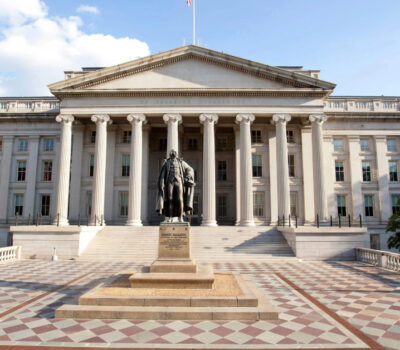For more than three decades, Guillermo Zajarias has watched local painters become international stars, new galleries proliferate, and Mexico’s reputation soar as a hothouse for hip contemporary art.
“The art in Mexico is marvelous. It is superb,” said Zajarias, the owner of Aura Gallery. “The market should be growing. But it has totally frozen.”
Zajarias and other art dealers here blame their recent troubles on a new law intended to uncover the hidden profits in the lucrative world of Mexican drug trafficking. The government is now demanding more information from a wide range of businesses about who their customers are and how much they are spending. The new anti-money-laundering regulations have support among those who fear the turbulence of an economy awash in narco dollars.
But gallery owners and auction house directors here say they have become collateral damage. Zajarias estimates that since the law went into effect last year, sales at his gallery in the posh Lomas de Chapultepec neighborhood have fallen by 30 percent, a figure echoed by other gallery owners.
“And it’s 100 percent related to this law,” he said. “This is fiscal terrorism, and it is not fair.”
The anti-money-laundering law, passed in 2012, has two core objectives: limiting the use of cash and requiring businesses to give more information to the government about their customers. The rules apply to a wide range of “vulnerable” industries that
presumably are attractive destinations for ill-gotten gains: casinos, pawnshops, jewelry stores, armored-car dealerships and art galleries.
More broadly, what makes the new rules disruptive is that they point toward an ambitious and difficult social change: In Mexico, despite its hyper-developed pockets, vast portions of the population still reside in the informal economy, the cash-based world of unlicensed vendors, undeclared income, unpaid taxes. The reform goes against that grain and also requires businesses and their customers to share information with a government often distrusted by its own people.
Mexican cartels earn billions of dollars each year through their drug, extortion, kidnapping and other rackets, money that enters the licit economy through many avenues. This month, U.S. federal law enforcement agents netted about $100 million of alleged narco money in raids on businesses in the Los Angeles fashion district. In Mexico, cartels buy up beachfront hotels and stocks and bonds; they run front-company construction firms, steakhouses and nightclubs. And they buy also the more obvious bling: mansions, private jets, gold-plated pistols.
And yet Ernesto Carrasco — a former head of the Mexico office of Kroll, a New York-based corporate investigations firm — wrote in a report that between January 2007 and July 2012, only 83 people were convicted of money laundering in the country, “a tiny number given the size and extent of the problem.”
“In Mexico, the clandestine business operations of the drug cartels have permeated the entire economy,” Carrasco wrote.
The Morton auction house — which sells art, books, wine and antiques, often to other dealers — published a hardcover book on how to comply with the anti-
money-laundering law, and Morton’s representatives have met with legislators to voice complaints about the restrictive rules. The auction house also says it has seen a loss of 25 to 30 percent of its business.
“This has obviously affected the sales. Because there are people who are afraid, and they say, ‘I’m going to wait,’ or, ‘I don’t want to buy,’ ” said its director, Luis C. Lopez Morton. “They feel uncomfortable. They feel that the government is watching them.”
Gallery owners said some clients are worried about their safety. They fear that corrupt officials in the government might leak or sell their information, that you could be in danger if the government knows you spent $1 million on a painting. “It’s simply because we don’t have the confidence that their information will be protected,” said Oscar Román, owner of an eponymous gallery in the Polanco neighborhood. For those capable of buying on the international art market, “it’s easier to go to the U.S. and nobody will ask me absolutely anything.”
“We are at a great disadvantage,” Román said. “There is nobody who is protecting art in Mexico.”
For more than three decades, Guillermo Zajarias has watched local painters become international stars, new galleries proliferate, and Mexico’s reputation soar as a hothouse . . .










